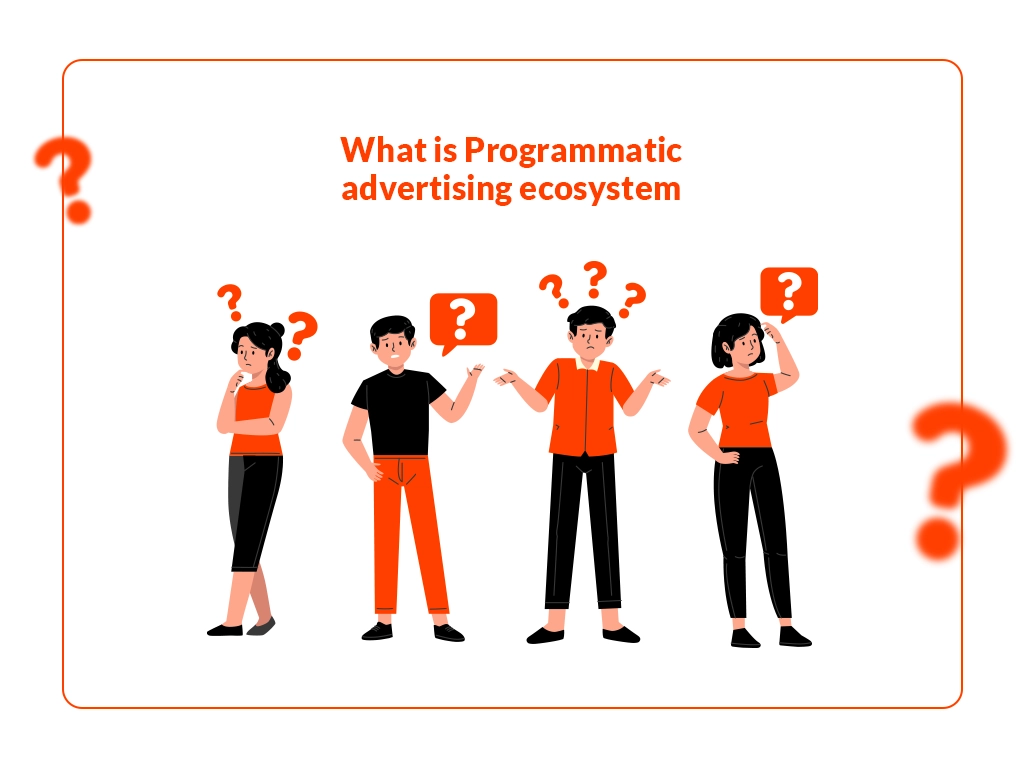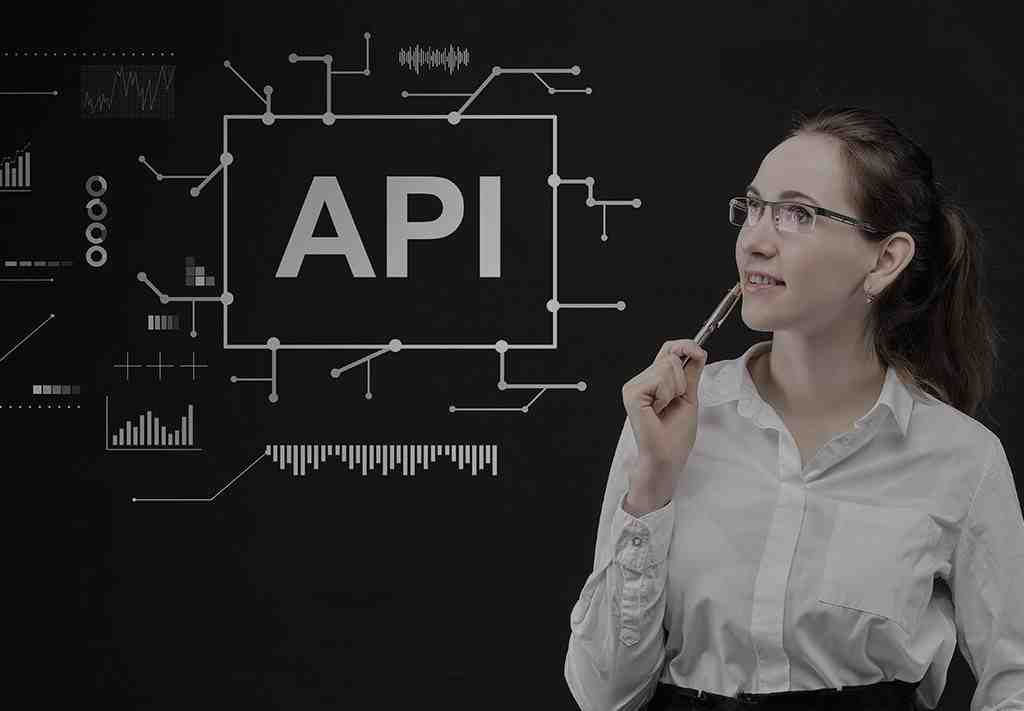What is Programmatic Advertising Ecosystem?
Understanding everything about Programmatic advertising ecosystem and what are you missing out on if you have not used it yet?

In the rapidly evolving world of digital marketing, the programmatic advertising ecosystem has become a cornerstone for efficient, data-driven ad transactions. This ecosystem leverages advanced technology to automate the buying and selling of ad inventories, making the process more streamlined and effective. By understanding this ecosystem’s various components and mechanisms, advertisers and publishers can optimize their strategies to achieve better results.
The Basics of Programmatic Advertising Ecosystem
The programmatic advertising ecosystem involves several key players and platforms working together to facilitate the efficient transaction of ad inventories. At its core, it connects advertisers who want to buy ad spaces with publishers who have these spaces available. This connection is made possible through a series of intermediary platforms that automate and optimize the process.
Key Components of the Programmatic Advertising Ecosystem
1. Advertisers: These are brands or businesses looking to promote their products or services through digital ads. Examples include companies like Nike or Apple.
2. Publishers: These are websites or platforms that offer ad spaces for sale. Examples include large media sites like BBC.com.
3. Ad Networks: These are intermediaries that aggregate ad inventories from multiple publishers and sell them to advertisers. An example is the Google Display Network.
4. Ad Exchanges: These are marketplaces where ad inventories are bought and sold. They function similarly to stock exchanges but for ads. Google AdX is a well-known ad exchange.
5. Demand-Side Platforms (DSPs): These platforms allow advertisers to buy ad inventories from ad exchanges. They help advertisers manage their campaigns and bid for ad spaces in real time. An example is DV360.
6. Supply-Side Platforms (SSPs): These platforms enable publishers to manage and sell their ad inventories. They connect publishers to multiple ad exchanges, allowing them to maximize revenue. Google Ad Manager is a popular SSP.
7. Data Management Platforms (DMPs): These platforms collect and analyze audience data to help advertisers make informed decisions about their campaigns. Oracle BlueKai is a prominent DMP.
How the Programmatic Advertising Ecosystem Works
The programmatic advertising ecosystem operates through a series of automated steps that ensure ads are placed in front of the right audience at the right time. Here’s a detailed look at how this process works:
1. Advertisers Connect to DSPs: Advertisers set up their campaigns on a DSP, specifying their target audience, budget, and other campaign parameters.
2. Publishers Connect to Ad Networks and SSPs: Publishers list their available ad inventories on SSPs and ad networks, making them accessible to a wide range of potential buyers.
3. Ad Exchanges as Marketplaces: DSPs and SSPs are connected through ad exchanges, which serve as the marketplace for buying and selling ad inventories.
4. Real-Time Bidding (RTB): When a user visits a publisher’s website, an ad request is sent to the ad exchange. Advertisers then bid for the available ad slot in real time through their DSPs. The highest bid wins, and the ad is displayed almost instantly.
Types of Programmatic Advertisement Deals
Within the programmatic advertising ecosystem, there are several types of deals that cater to different needs and strategies of advertisers and publishers.
Programmatic Guaranteed (PG) Deals
Programmatic Guaranteed Deals, or PG deals, involve a one-to-one transaction where a specific advertiser secures ad inventory from a particular publisher. This type of deal is ideal for advertisers looking for guaranteed placements and predictable outcomes.
For example, if TeamViewer wants to advertise exclusively on Entrepreneurs.com, they will set up a campaign through a DSP and request a proposal from the publisher. The proposal would outline details such as the number of ads, expected impressions, CPA, CPM, campaign duration, and ad placement. Upon terms agreement, the transaction execution takes place through the ad exchange.
The primary benefit of PG deals is the assurance of ad placement without the variability and competition of open auctions. However, because these impressions are guaranteed, advertisers often use incrementality testing to confirm that these ads actually caused a conversion, rather than simply being along for the ride.
Private Marketplace (PMP) Deals
Private Marketplace Deals, or PMP deals, involve a one-to-selected transaction where a publisher offers premium ad inventories to a select group of advertisers. This approach maintains the quality and exclusivity of ad placements.
For instance, Entrepreneurs.com might offer its homepage ad space to high-profile advertisers like Samsung, Apple, and Nike. The publisher sends a proposal to these selected advertisers, who then have the opportunity to secure the premium inventory.
PMP deals benefit publishers by ensuring that their ad spaces are filled with high-quality ads, while advertisers gain access to exclusive placements that enhance their brand’s visibility.
Open Auction Deals
Open Auction Deals are the most open and competitive form of programmatic advertising, involving a one-to-all transaction. In this model, publishers make their ad inventories available to any interested advertiser through real-time bidding.
When a user visits a publisher’s site, an ad request is sent to the ad exchange, and all connected advertisers can bid for the ad slot. The highest bid wins the auction, and the ad is displayed to the user.
Open auctions provide broad access to ad inventory, making it possible for advertisers of all sizes to compete. They offer dynamic pricing based on real-time demand, which can be cost-effective for advertisers.
Real-Time Bidding (RTB)
Real-Time Bidding (RTB) is a critical component of the programmatic advertising ecosystem, enabling the efficient and fair allocation of ad slots through competitive bidding.
The RTB process involves the following steps:
1. Ad Request: When a user visits a publisher’s website, an ad request is sent to the ad exchange, indicating the available ad slot.
2. Bidding: Advertisers connected to the ad exchange through their DSPs receive the request and submit their bids based on targeting criteria and budget.
3. Auction and Display: The ad exchange conducts the auction in real time, and the highest bid wins. The user then sees the winning ad.
RTB ensures that advertisers only pay what they believe the ad slot is worth, optimizing ad spend and targeting efficiency.
Data Management Platforms (DMPs)
In the programmatic advertising ecosystem, Data Management Platforms (DMPs) play a crucial role by providing valuable audience insights. These platforms collect, analyze, and organize large volumes of data from various sources to help advertisers and publishers make informed decisions.
DMPs help advertisers understand their target audience’s behavior, preferences, and intent. This information is invaluable for tailoring ad campaigns to resonate with specific audience segments, increasing the likelihood of conversions.
For example, Oracle BlueKai, a leading DMP, enables advertisers to track audience behavior across multiple platforms, providing insights into user intent. This allows advertisers to create more effective ad communications and choose publishers that attract the right audience.
Benefits of the Programmatic Advertising Ecosystem
The programmatic advertising ecosystem offers several benefits to both advertisers and publishers:
1. Efficiency: Automated processes reduce the time and effort required for ad transactions, allowing for quicker and more efficient campaigns.
2. Targeting: Advanced data analytics and DMPs enable precise targeting, ensuring ads reach the right audience.
3. Transparency: Real-time bidding and automated transactions provide greater transparency in ad spend and performance.
4. Scalability: Programmatic advertising allows advertisers to scale their campaigns quickly across multiple platforms and ad inventories.
5. Cost-Effectiveness: Dynamic pricing in open auctions ensures that advertisers pay a fair market price for ad slots, optimizing ad spending.
Conclusion
The programmatic advertising ecosystem has revolutionized the digital marketing landscape by introducing automated, data-driven processes for buying and selling ad inventories. Understanding the components and mechanisms of this ecosystem—such as DSPs, SSPs, ad exchanges, and DMPs—enables advertisers and publishers to optimize their strategies and achieve better results.
Whether through Programmatic Guaranteed Deals, Private Marketplace Deals, or Open Auction Deals, the programmatic advertising ecosystem offers a flexible and efficient approach to digital advertising, driving higher engagement and conversion rates.
By leveraging the power of programmatic advertising, businesses can stay ahead in the competitive digital marketing space, ensuring their ads reach the right audience at the right time. If you haven’t yet explored the potential of programmatic advertising, now is the time to dive in and experience the benefits firsthand.



